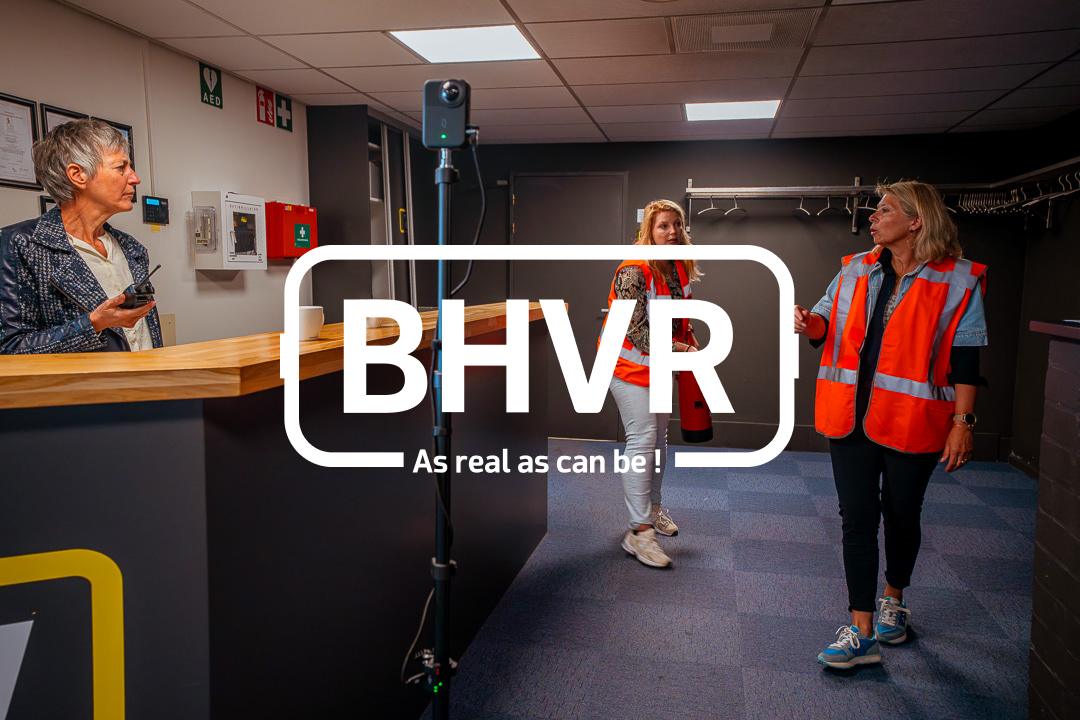
BHVR is a Dutch company that provides emergency response and corporate safety training for organizations across the Netherlands. They specialize in teaching fire safety, evacuation procedures, CPR, and first aid. Their mission is to make emergency response training accessible, engaging, and effective for all employees, regardless of age or prior experience.

Emergency response training has traditionally been time-consuming and physically demanding. To overcome these limitations, BHVR previously experimented with 3D VR-based training, but many learners struggled with using VR controllers. About half of their trainees couldn’t fully engage, and practical learning objectives were often overshadowed by technical difficulties.
The team wanted a solution that was more accessible, easier to use, and engaging, without compromising the quality of learning. They also aimed to make training shorter, more flexible, and more enjoyable, while maintaining a strong focus on safety and practical skills.
With Warp VR, BHVR has taken their training to the next level. The platform makes it possible to reach more trainees than ever before, whether they’re in the classroom or learning remotely. It also provides a consistent and secure environment, so participants can fully focus on mastering essential skills without needing to have the ideal learning environment. The result is training that feels smoother, more engaging, and better aligned with real-world scenarios—helping BHVR deliver programs that are not just faster and more efficient, but genuinely more effective.
“The accessibility of WarpVR makes a huge difference. Now, all trainees—even those who struggled with controllers before—can fully participate and focus on learning” - Zoë Kroonen.

Using Warp VR, BHVR has developed an extensive library of VR scenarios covering core emergency response competencies: fire safety, evacuation, CPR, and first aid. Each scenario can be completed independently by trainees before attending practical classes. This approach ensures that in-person sessions focus on hands-on skills, rather than theory.
Scenarios can be either general, for any organization, or customized, for clients with unique environments, like stadiums or healthcare facilities. High-quality professional actors enhance realism, making training engaging and easier to retain.
Results & Impact
“The beauty of Warp VR is that trainees can complete scenarios on their own before class. This not only makes training shorter, but it also allows instructors to focus on the skills people actually struggle with” - Zoë Kroonen.

BHVR plans to expand their VR scenario library by integrating even more customized training experiences for their clients. By combining accessibility, engagement, and data-driven insights, they are setting a new standard for emergency response training in the Netherlands.